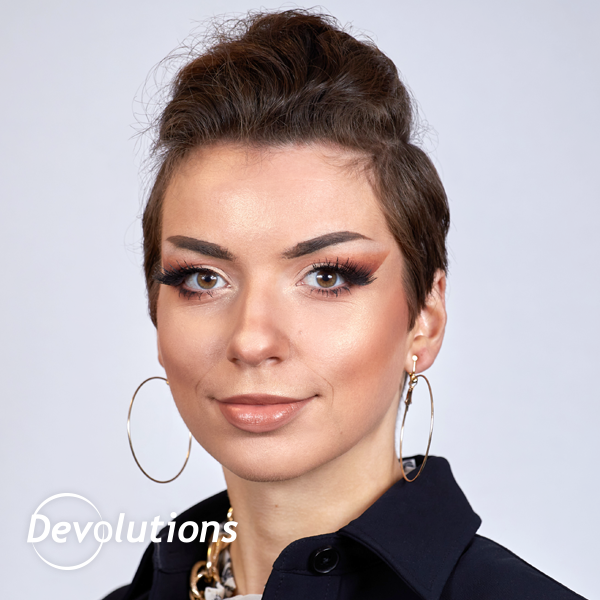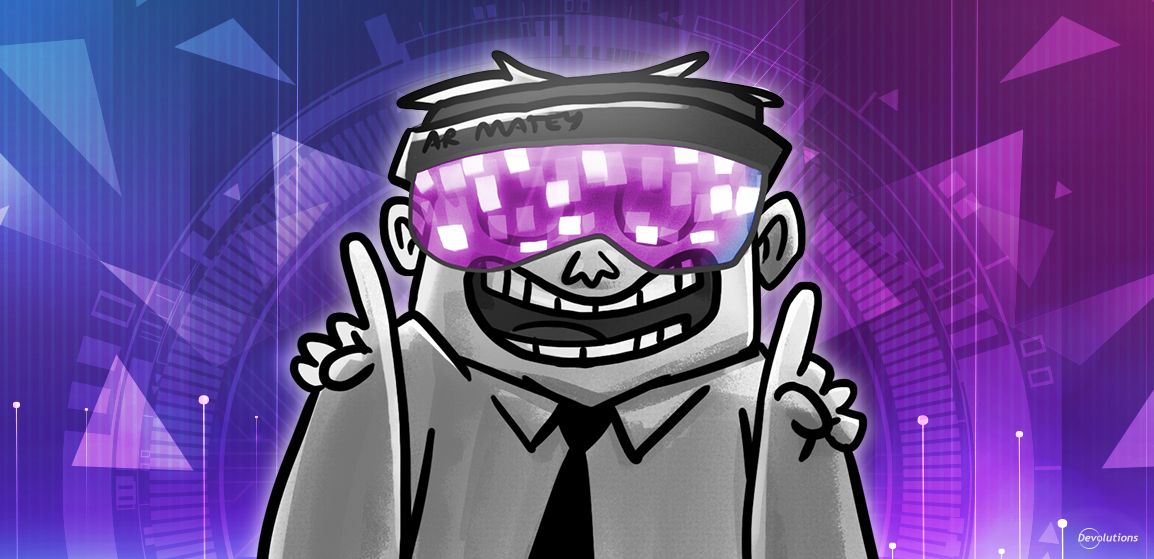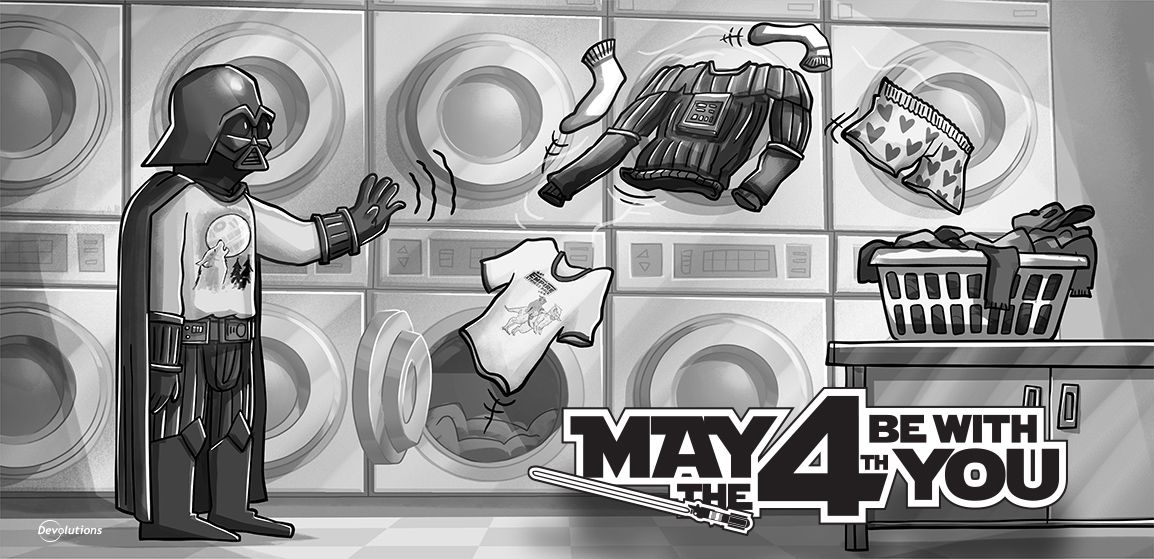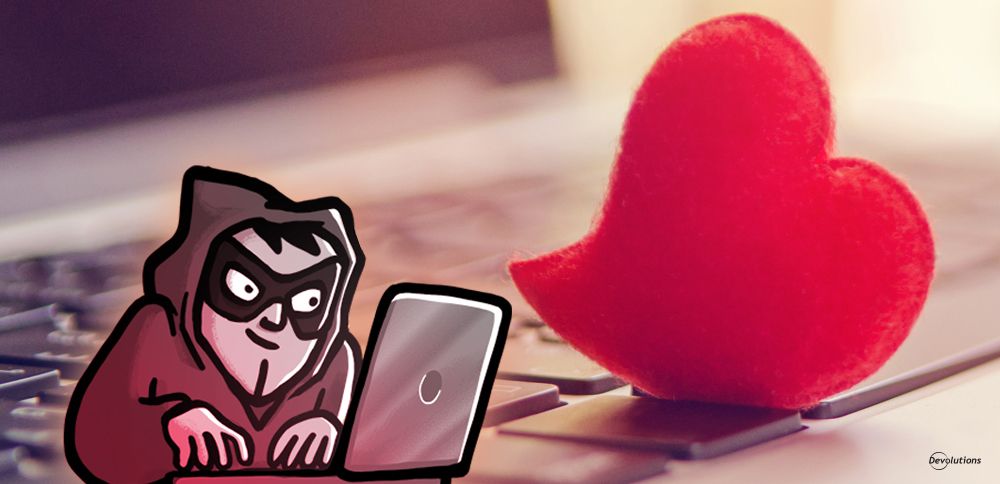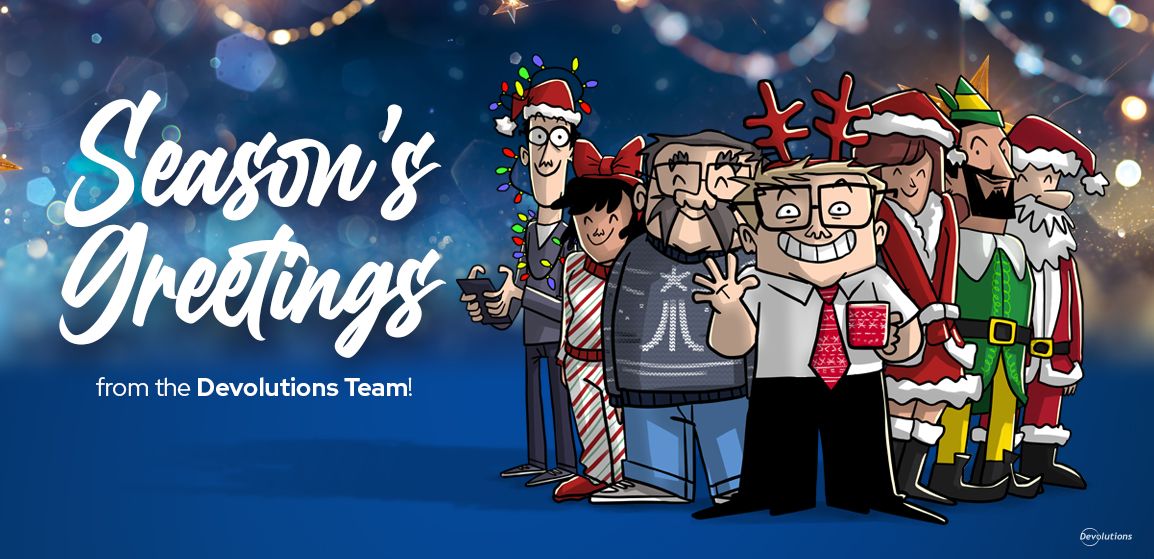- Virtual Tourism: Expanding Horizons and Preserving Culture
- Recreating Historical Events: Reliving and Learning from the Past
- Virtual Meetups for Remote Workers: Bridging the Distance
- Healthcare Simulations: Training and Practical Applications
- Skill Acquisition and Vocational Training: Hands-On Learning
- “To Boldly Go!”
Greetings, Devolutions Nation!
One of my favorite concepts in science fiction is the Holodeck from the Star Trek franchise. As an artist, I can imagine myself designing Holodeck programs depicting places that only exist in my mind. And as a writer, I would craft Holodeck characters to act out scenes from my novels (I guess if the Holodeck were real, I’d be more of a playwright than a novelist).
When I was watching Star Trek: The Next Generation (the BEST franchise, IMHO) for the first time, I didn’t think I’d live to see the day when the Holodeck was real. And yet here I am, writing an article about virtual reality (VR), which I am convinced is the precursor to the Holodeck… or at least something similar.
It's intriguing to consider that what once seemed confined to the realms of science fiction is now materializing in the form of VR. Just as the Holodeck kindled my imagination, VR is igniting real-world solutions to a variety of challenges.
This article journeys beyond the familiar territory of gaming and into the transformative landscape that VR offers. Join me as we explore unconventional applications of VR, from reviving historical events to revolutionizing remote work, all the while discovering its remarkable potential to solve problems of our time.
Virtual Tourism: Expanding Horizons and Preserving Culture
Legendary author and screenwriter Ray Bradbury said, “We travel for romance, we travel for architecture, and we travel to be lost.” Unfortunately, many people face limited opportunities to travel due to factors such as high costs (especially these days!), health concerns, mobility issues, job responsibilities, and so on. What’s more, some of us really — and I mean REALLY — don’t want to wait in line-up after line-up, or wade through swarms of tourists. Fortunately, that is where immersive VR can transform the ordinary into the extraordinary.
Through headsets and other equipment, VR delivers a 360-degree travel experience — but without ever leaving home. You can explore the Great Pyramids of Egypt, the Eiffel Tower, the Great Wall of China, the Grand Canyon — and the list goes on (check out some amazing possibilities here).
What’s more, even if you decide to physically (rather than virtually) take a trip, VR can be your personal tour guide, sharing insights and suggesting routes that are not on the typical tourist circuit.
And speaking of the typical tourist route: it is also worth noting that virtual tourism can support cultural conservation and preservation.
Recreating Historical Events: Reliving and Learning from the Past
VR has the power to display richly-detailed historical enactments and scenes, which help us connect with the past and more easily understand and appreciate historical contexts. Aside from personal entertainment and learning, this could completely re-invent how history is taught in schools. Imagine a teacher who, instead of giving a lecture on Galileo’s experiment from the Tower of Pisa, could use VR to SHOW the experiment. Instead of falling asleep or playing with their phones, students would eagerly anticipate the class (at least I would!).
Another interesting application is reconstructing recent history, such as using VR to let jurors explore crime scenes. Researchers in Australia are exploring this possibility. They performed an experiment to measure the impact of viewing the same crime scene in VR or a photo slideshow, and discovered that VR led participants to a more consistent and correct verdict than one based only on photos.
Virtual Meetups for Remote Workers: Bridging the Distance
There is a lot (and we are talking A LOT) of things to love about remote access. However, many remote/hybrid workers report feeling lonely and isolated, which is not surprising considering that for most people social connections in the workplace are extremely important to our sense of well-being. Of course, this doesn’t mean that we cannot establish social connections through remote work, but that it can sometimes be easier and richer to do so in-person.
The good news is that immersive VR can help close the isolation gap, while boosting performance. Here's what simulationmagazine.com has to say about this technology: “The use of VR has the potential to revolutionize the way we work from home. VR can help remote workers collaborate, communicate, train, improve mental health, increase productivity, and engage with colleagues. As VR technology continues to advance, we can expect to see more companies adopting VR to improve the remote work experience for their employees.”
This is inspiring for remote workers (and even better news for their separation anxiety-prone pets!).
Healthcare Simulations: Training and Practical Applications
Imagine this: an individual suffers a stroke, and as part of their rehabilitation they are outfitted with robotic devices strapped to their legs and arms, and they also wear a headset. Next, they perform a series of rehabilitation exercises, and the robotic devices send feedback to their clinician who is located elsewhere.
The clinician is ALSO wearing a headset, and can see in real-time how their patient is managing the exercises, as well as access an ongoing stream of data, like how much force their patient’s muscle can put out. Based on this information, the clinician can provide in-the-moment instruction and advice as if they were standing five feet away — when in fact they may be 500 or even 5000 miles away. Sounds like science fiction, doesn’t it? Well, it’s not, because it’s actually happening in labs such as the one at the Georgia Institute of Technology.
And that’s just the start! VR is also being used in healthcare in a variety of innovative ways, such as:
- Training medical professionals through ultra-realistic treatment scenarios.
- Helping patients reduce anxiety (gazing at a beautiful sunset is far more soothing than staring up at a hospital ceiling!).
- Personalizing and humanizing remote consultations.
I also recently learned that VR is being used to help medical professionals better understand what their patients experience and go through, which makes them more understanding, patient, and compassionate. For example, in its medical school curriculum the University of New England incorporated VR simulations of age-related conditions. The participating students were found to better understand such conditions and saw an increase in their empathy for the elderly.
Skill Acquisition and Vocational Training: Hands-On Learning
VR has become a powerful vocational education tool, which delivers a unique learning experience that is effective and engaging. One of the key benefits of this VR application is that learners can experience scenarios in a safe and controlled environment, practicing and refining their skills without putting themselves (or anyone else!) at risk.
And for those who might wonder if VR training is somehow inferior to traditional in-person learning, consider this: a study at the University of Maryland found that VR established better knowledge retention than traditional ways of learning. And according to a PwC survey, VR students are more confident about applying acquired knowledge and skills, more focused during training sessions, and they even complete their training faster.
“To Boldly Go!”
Obviously, immersive VR is not as advanced — or as astonishing — as the Star Trek Holodeck (and you can say “computer: end simulation!” for hours and hours and nothing is going to happen). But I truly feel that in the future, we will look back at the dawn of immersive VR as the spark that led to a whole new universe of augmented reality options and possibilities.
And who knows? Maybe warp drives, transporting, and food replicators are next (or at the very least, it would be pretty cool to hang out in Ten Forward and enjoy some Romulan Ale, right?).

